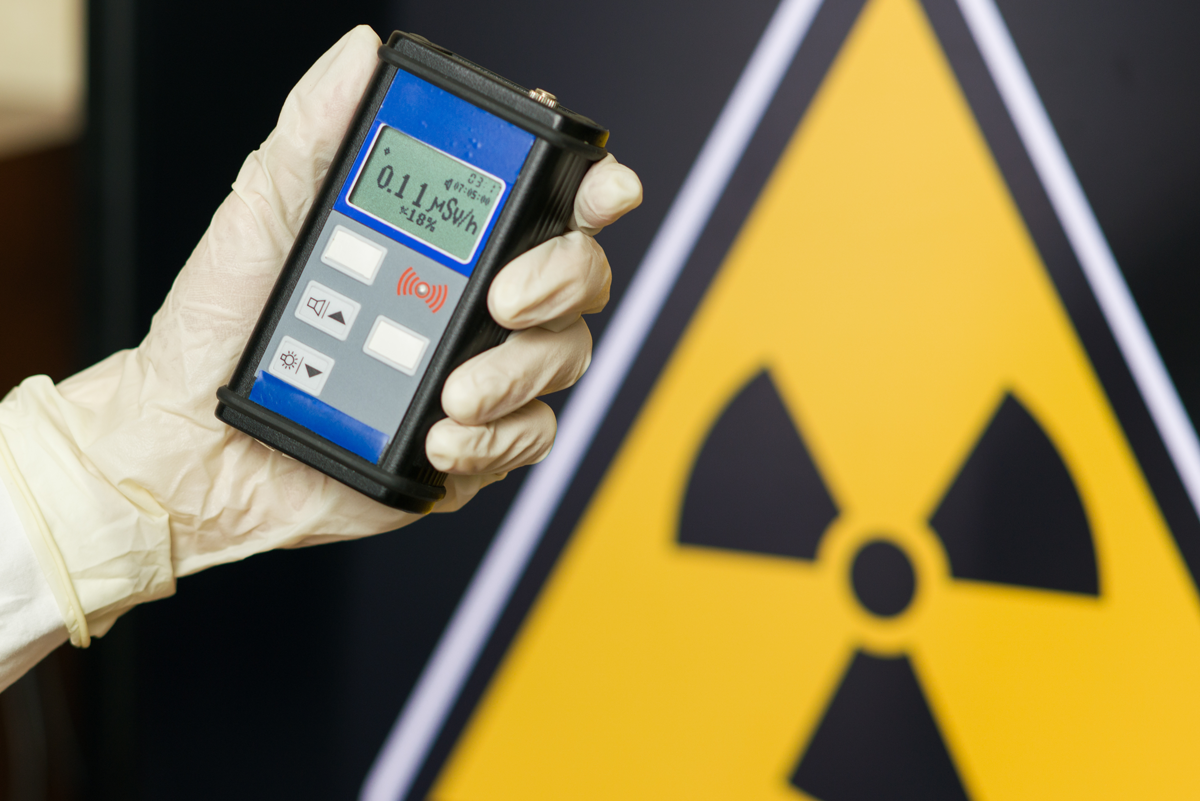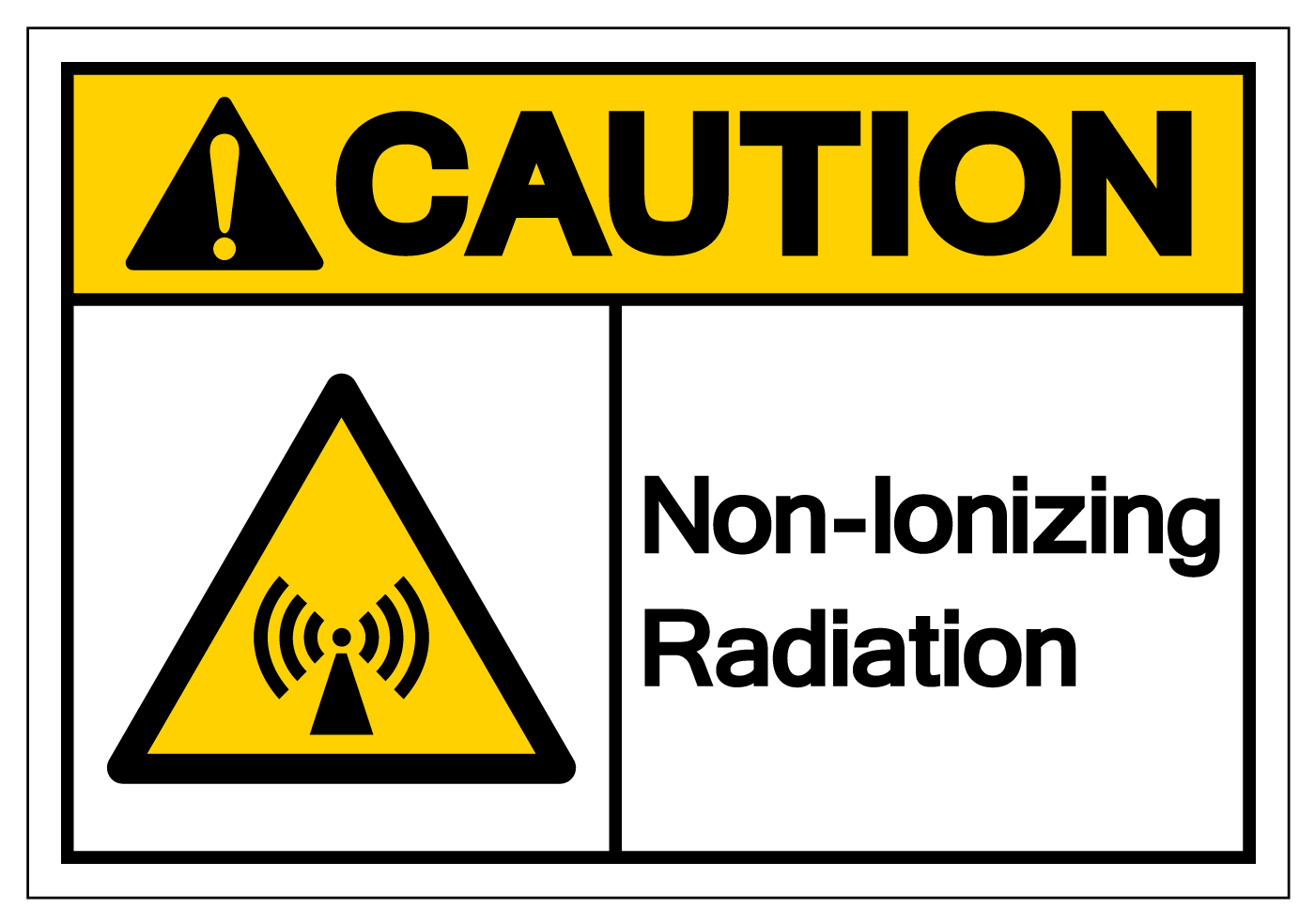Since 1982, the Occupational Safety and Health Administration (OSHA) has administered “Voluntary Protection Programs” (VPPs) to encourage employers to establish and implement worker Safety and Health Programs that exceed minimal efforts to comply with applicable OSHA standards. OSHA designs VPP eligibility to encourage employer/employee/OSHA cooperation, and to reward such cooperation by granting employers increased flexibility and reduced likelihood of inspection. OSHA presently oversees three programs (which I described in more detail HERE), and is undertaking a “VPP Modernization” initiative to evaluate ways for “modernizing, improving, and expanding” these efforts. On February 16 OSHA posted questions about possible changes, which I discuss in the rest of this note.
Read MoreAudit, Compliance and Risk Blog
OSHA considering changes to Voluntary Prevention Programs
Posted by Jon Elliott on Mon, Mar 13, 2023
Tags: Health & Safety, OSHA, Safety and Health at Work, Employment, VPP
California issues guidance on protecting workers against workplace monkeypox
Posted by Jon Elliott on Fri, Oct 14, 2022
As public and occupational health agencies around the word continuously reevaluate their responses to the spread of monkeypox (also called MPX), California has issued the first regulation-oriented guidance I’ve seen. On September 13, the Division of Occupational Safety and Health (DOSH, but universally called Cal/OSHA) issued “Protecting Workers from Monkeypox (MPX) for Employers and workers Covered by the Aerosol Transmissible Diseases Standard (Title 8 section 5199).” Depending whether MPX comes to be considered an epidemic, this Cal/OSHA effort may be the first of many – I’ve written about public health and OSH agency responses to the COVID-19 epidemic many times since 2020 – or an outlier reflecting California’s aggressive approach to potential hazards. The remainder of this note discusses the new guidance, which is targeted at health and public service workplaces but has relevance for other employers as well.
Read More
Tags: Health & Safety, CDC, Safety and Health at Work, Cal/OSHA, Monkeypox
EPA proposes to expand regulation of two perfluoro “forever chemicals”
Posted by Jon Elliott on Tue, Oct 11, 2022
The Environmental Protection Agency (EPA) is issuing a proposal to list two perfluoro chemicals -- Perfluorooctanoic Acid (PFOA) and Perfluorooctanesulfonic Acid (PFOS) as hazardous substances under the federal Superfund law (Comprehensive Environmental Response, Compensation, and Liability Act (CERCLA)). This proposal is the latest in a string of regulatory actions by EPA to tighten controls on per- and poly-fluoroalkyl substances (PFAs); the initiatives are covered under the agency’s “PFAS Strategic Roadmap: EPA’s Commitments to Action 2021—2024,” promulgated in October 2021. The remaninder of this note describes the latest action, and summarizes the Strategic Roadmap.
Read MoreTags: Health & Safety, OSHA, Safety and Health at Work, chemical safety, PFAS
The US federal Occupational Safety and Health Administration (OSHA) regulates workplace exposures to radiation, in two separate standards that distinguish between “non-ionizing” and “ionizing” radiation. OSHA’s Ionizing Radiation Standard (29 CFR 1910.1096) covers workplaces that contain a broad range of high-energy atomic and sub-atomic particles (alpha, beta, gamma, and X-rays, for example), and radioactive materials that emit such particles. The Standard establishes exposure and dosage levels, requires workplace and employee monitoring, and specifies measures to protect workers against ionizing radiation. The rest of this note discusses the Ionizing Radiation Standard. (I wrote about the Non-ionizing Radiation Standard HERE).
Read MoreTags: Health & Safety, OSHA, Safety and Health at Work, radiation
Chemical Safety Board issues compliance guidance chemical incident reporting rule
Posted by Jon Elliott on Tue, Sep 20, 2022
The federal Chemical Safety and Hazard Investigation Board – which usually refers to itself as the Chemical Safety Board or CSB – conducts independent investigations of major chemical accidents, issues accident-specific findings, and offers specific or general recommendations for improved chemical handling and regulation. In August 2022, CSB has issued compliance guidance addressing its “Chemical Incident Reporting Rule” (actually 6 rules, in 40 CFR part 1604) (I wrote about the Rule when it was adopted in February 2020, HERE). The remainder of this note summarizes CSB’s latest guidance.
Read MoreTags: Health & Safety, OSHA, Safety and Health at Work, chemical safety
The federal Occupational Safety and Health Act of 1970 (OSH Act) grants the Occupational Safety and Health Administration (OSHA) nationwide authority to issue and enforce worker protection measures at most workplaces. However, some categories of employers are regulated by other agencies, including DOL’s Mine Safety and Health Administration (MSHA), the Nuclear Regulatory Commission (NRC), and the Environmental Protection Agency (EPA).
In addition, the OSH Act outlines procedures for states to apply to OSHA to assume OSH Act authority within their boundaries – a state prepares a “state plan” to undertake OSH Act regulation of public sector (state and local government) workers, and optionally private employers as well (29 USC 667). Once OSHA approves such an application, the state is delegated authority and commonly referred to as a “state plan state.” There are presently 22 State Plans covering both private and public sector employees, and 7 more covering only state and local government workers. Although these OSHA-state relationships are generally very stable, two states’ status has been up for review during 2022: OSHA is considering whether to revoke Arizona’s delegation, and has just granted Massachusetts a new state plan role regulating public sector employees. The rest of this note discussed state plans, and identifies issues with the two states.
Read MoreIs your organization hiring "temp" workers this summer—to gear back up after COVID-19, meet seasonal demand from tourists or other customers, or maybe just to fill in while permanent workers take vacations? Most employers recognize that occupational safety and health laws throughout North America assign them an Employer's General Duty to protect their own employees from workplace hazards. Some don’t remember that this duty also applies to shared employees, and even to other employers’ employees while they’re at your workplace. This month, the US Occupational Safety and Health Administration (OSHA) is re-emphasizing ongoing efforts to ensure protections for temporary workers ("temps"), pointing to its Temporary Worker Initiative (started in 2013), and extending its “Ambassador Alliance” with the American Staffing Association (started in 2014; ASA is a professional association that describes itself as “the voice of the U.S. staffing, recruiting, and workforce solutions industry”).
Read MoreThe US federal Occupational Safety and Health Administration (OSHA) regulates workplace exposures to radiation, in two separate standards that distinguish between “non-ionizing” and “ionizing” radiation. OSHA’s Non-ionizing Radiation Standard (29 CFR 1910.97) addresses workplace exposures to electromagnetic waves from radio and microwave sources. OSHA has established radioactive exposure levels intended to protect exposed employees, and requires placarding to inform those who enter areas bathed in non-ionizing radiation.
Read MoreTags: Health & Safety, OSHA, Safety and Health at Work, radiation
California continues temporary requirements for COVID vaccination and testing
Posted by Jon Elliott on Mon, Jun 06, 2022
As public and occupational health agencies around the world continuously reevaluating their responses to the developing COVID-19 pandemic, California has again weighed in on the side of continuing formal controls. Effective May 5, 2022, California has revised and extended its COVID-19 Prevention Emergency Temporary Standard (ETS) until January 1, 2023. (I wrote about the most recent previous iteration adopted in February HERE). The ETS is presented as 5 rules, which are administered by California’s Division of Occupational Safety and Health (DOSH, but universally called Cal/OSHA). The remainder of this note summarizes these revised standards, which appear in Title 8 of the California Code of Regulations (CCR):
Read MoreTags: Health & Safety, OSHA, Safety and Health at Work, Covid-19, workplace safety, California, Vaccination, Healthcare
California Injury and Illness Prevention Program requirements
Posted by Jon Elliott on Mon, Mar 14, 2022
Although the federal Occupational Safety and Health Administration (OSHA) only recommends that employers create comprehensive safety and health programs, California and a handful of other states require employers to do so. (I wrote about OSHA’s latest recommendations HERE). The remainder of this note summarizes California’s Injury and Illness Prevention Program (IIPP) requirements, which are administered by the state’s Division of Occupational Safety and Health (DOSH; known universally as Cal/OSHA).
Read MoreTags: Health & Safety, OSHA, Safety and Health at Work, workplace safety, California, Healthcare










